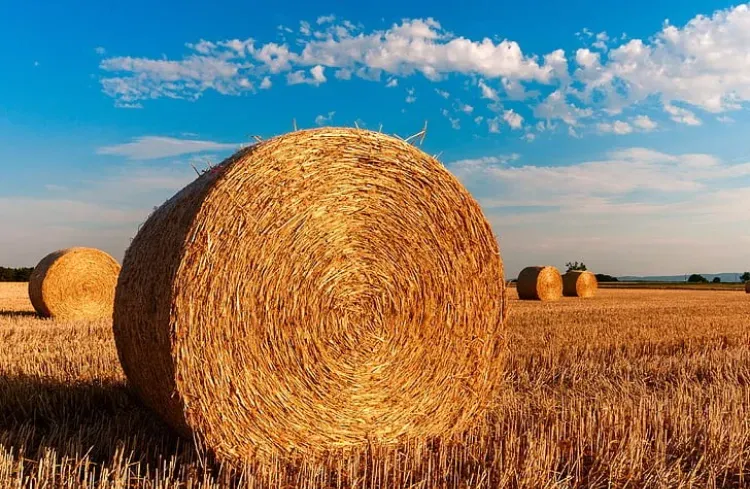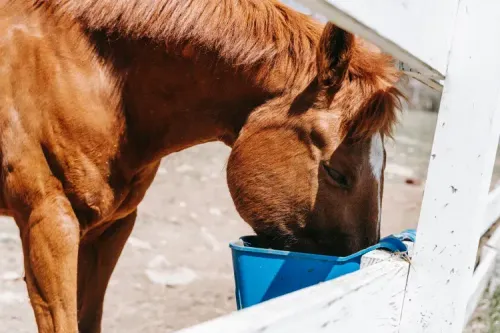
The main reasons people feed their horses a straw ration:
- A hay shortage
- For economic reason
- To control the horse’s weight
The problems associated with Feeding Straw:
- Straw can be sprayed with a chemical just before harvesting to encourage the grain to ripen and this is common practice in England where round-up is still used
- Too much straw in a horse’s diet can cause a gut impaction
- It is a poor source of vitamins and the high amount of fibre means the mineral content is more difficult for horses to access
- If the grain is left in the seed heads this could be a problem for insulin-resistant horses
- Young and old horses may not cope with chewing straw
The 3 advantages associated with Feeding Straw:
- It has less sugar and starch than hay and it takes longer to eat, which is good for overweight horses
- The calorie content is about 12% lower than late cuttings of mature hay
- Horses take longer to eat straw and they remain occupied
Checklist to use if you decide to Feed Straw:
- Checked your horse’s teeth for the ability to chew the extra roughage
- Introduce feeding straw slowly and monitor how your horse copes with the extra roughage by monitoring his bowel movements
- Feed oat straw or if this is not available barley straw
- For horses living out in winter mix hay and straw in equal amounts
- In total don’t let any more than 30% of the roughage intake come from straw
- If your horse is insulin resistant check the staw grain content is low
- If your horse is prone to impaction colic do not feed straw

Article Suggestion
Micronised Linseed is the Miracle Addition to your Horse’s Feed
